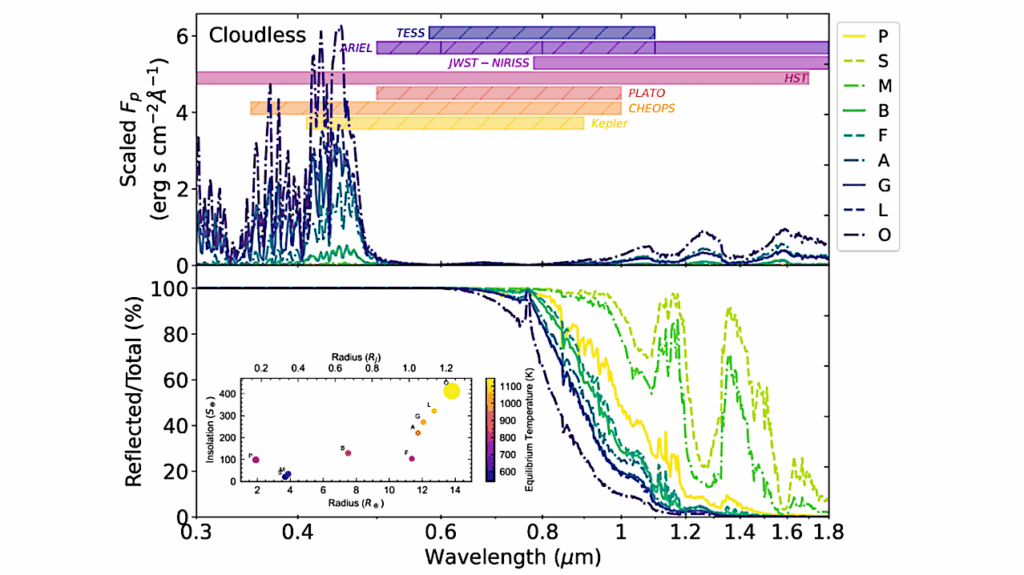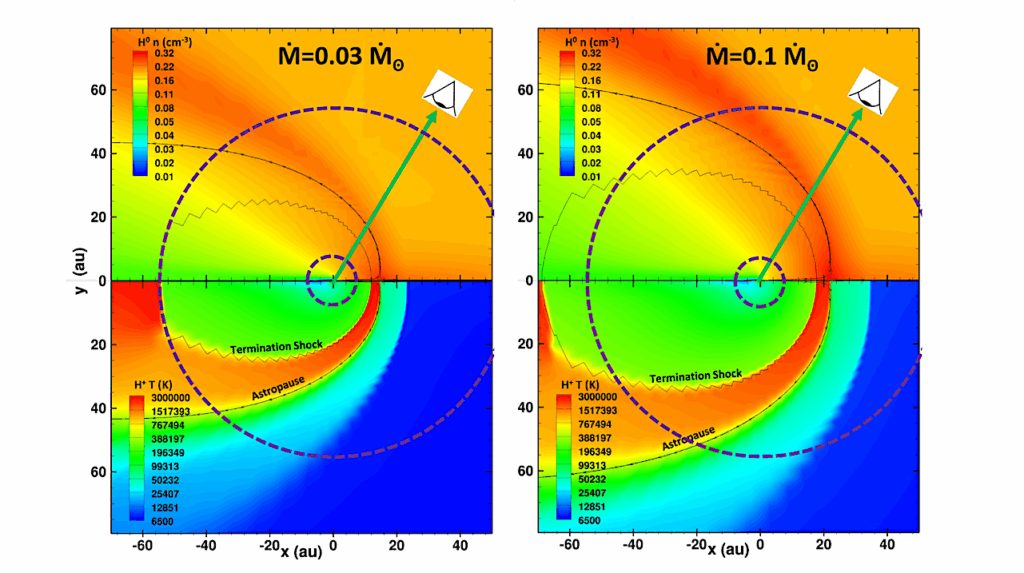Single Transit Detection In Kepler With Machine Learning And Onboard Spacecraft Diagnostics

Exoplanet discovery at long orbital periods requires reliably detecting individual transits without additional information about the system. Techniques like phase-folding of light curves and periodogram analysis of radial velocity data are more sensitive to planets with shorter orbital periods, leaving a dearth of planet discoveries at long periods.
We present a novel technique using an ensemble of Convolutional Neural Networks incorporating the onboard spacecraft diagnostics of Kepler to classify transits within a light curve. We create a pipeline to recover the location of individual transits, and the period of the orbiting planet, which maintains >80% transit recovery sensitivity out to an 800-day orbital period.
Our neural network pipeline has the potential to discover additional planets in the Kepler dataset, and crucially, within the η-Earth regime. We report our first candidate from this pipeline, KOI 1271.02. KOI 1271.01 is known to exhibit strong Transit Timing Variations (TTVs), and so we jointly model the TTVs and transits of both transiting planets to constrain the orbital configuration and planetary parameters and conclude with a series of potential parameters for KOI 1271.02, as there is not enough data currently to uniquely constrain the system.
We conclude that KOI 1271.02 has a radius of 5.32 ± 0.20 R⊕ and a mass of 28.940.23−0.47 M⊕. Future constraints on the nature of KOI 1271.02 require measuring additional TTVs of KOI 1271.01 or observing a second transit of KOI 1271.02.
Matthew T. Hansen, Jason A. Dittmann
Comments: 23 pages, 23 figures, submitted to AJ
Subjects: Earth and Planetary Astrophysics (astro-ph.EP); Instrumentation and Methods for Astrophysics (astro-ph.IM); Machine Learning (cs.LG)
Cite as: arXiv:2403.03427 [astro-ph.EP] (or arXiv:2403.03427v1 [astro-ph.EP] for this version)
Submission history
From: Matthew Hansen
[v1] Wed, 6 Mar 2024 03:16:47 UTC (1,474 KB)
https://arxiv.org/abs/2403.03427
Astrobiology,








